Cape Lappet Moth Eutricha capensis
Family: Lasiocampidae. Subfamily: Lasiocampinae

© nan
Cape Town
Description
Male: Wingspan 47-50 mm, fore wing length 20-22 mm. Ground colour of the fore wing yellow brown. Medial field is distinctly limited by white irregular to serrated lines. External field weakly outlined as interrupted black, completely curved band. Hind wing yellow to brown with indistinct external pattern. Abdomen yellow.
Female: Wingspan 83-97 mm, fore wing length 36-40 mm. Ground colour of the fore wing from yellow to sandy yellow. Medial field isdistinctly outlined by white irregular lines and black postmedial fascia. External fascia presented as an indistinct spotted band withblack scales. Hind wing brown, with basal lightening. Hind wing uniform yellow.
Diagnosis: Contrary to other related species, the males are characterised by light wing colouration without distinct shading or dark fields in medial and external zones; the species is also well distinguished by genitalia structure.
Larvae aggregate conspicuously on tree trunks feeding on Acacia cyclops, A. carroo, A. mearnsii, A. saligna (Fabaceae), Bauhinia sp. (Fabaceae), Celtis africana (Ulmaceae), Chrysanthemoides monilifera and Ch. incana (Asteraceae), Combretum molle (Combretaceae), Cupressus macrocarpa (Cupressaceae), Eucalyptus macarthurii, Eu. paniculata (Myrtaceae), Euclea racemosa (Ebenaceae), Mangifera indica (Anacardiaceae), Pinus eliottii, P. montezumae, P patula, P radiata (Pinaceae), Populus sp. [wistezienii] (Salicaceae), Prunus armeniaca, P persicae (Rosaceae), Rhus lancea (Anacardiaceae), Rosa banksiae (Rosaceae), Schinus molle, Sch. terebinthifolius (Anacardiaceae), Taxodium distichum (Taxodiaceae); can
be a pest on mango, peach and Brazilian Pepper in gardens.
Bright orange to reddish coloured lateral tufts of hairs are typical for the larva of the species [pure white in the related Eutricha obscura].
Distribution
Mozambique, South Africa.
Links:
https://www.zobodat.at/pdf/Neue-Entomol ... 1-0075.pdf
African Moths
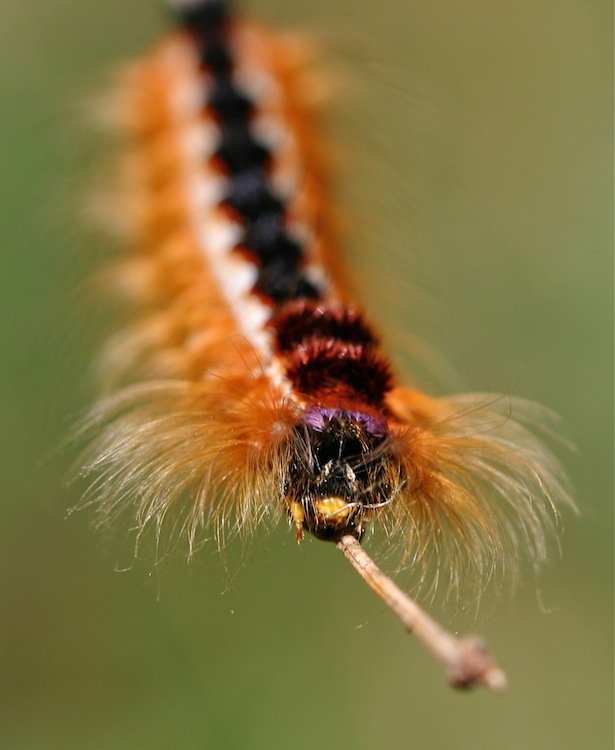
© ExFmem
Southern coast between Gordon's Bay and Kleinmond
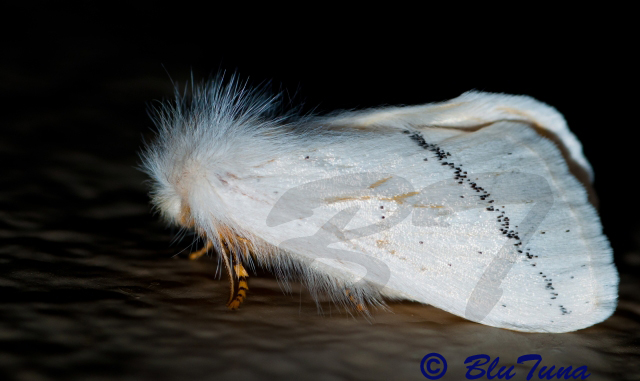 © BluTuna
© BluTuna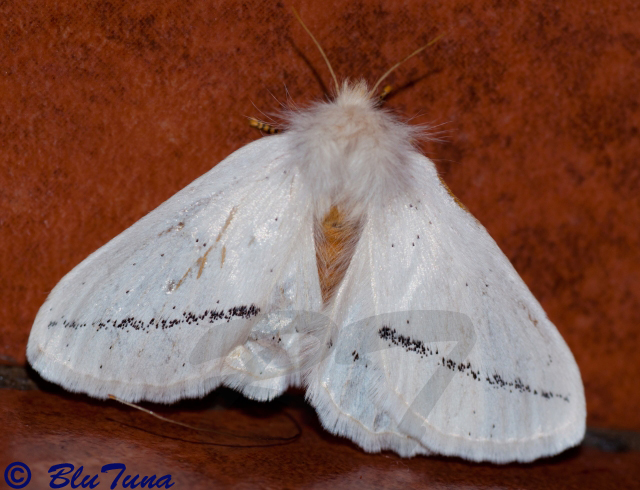 © BluTuna
© BluTuna © BluTuna
© BluTuna © BluTuna
© BluTuna © leachy
© leachy © Bushcraft
© Bushcraft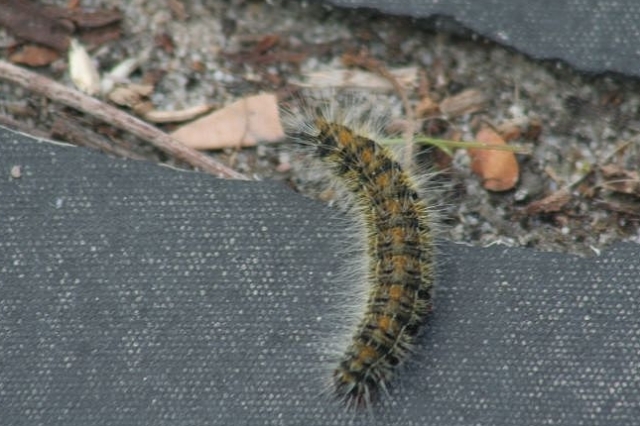 © arks
© arks © nan
© nan © ExFmem
© ExFmem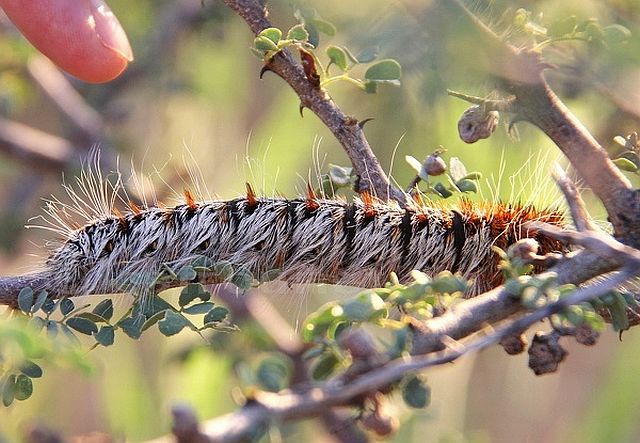 © nan
© nan © Toko
© Toko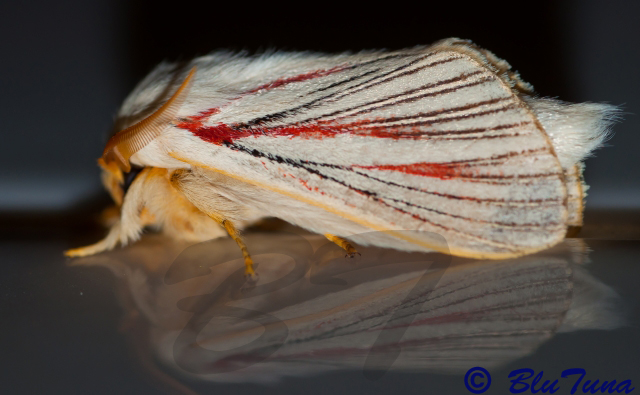 © BluTuna
© BluTuna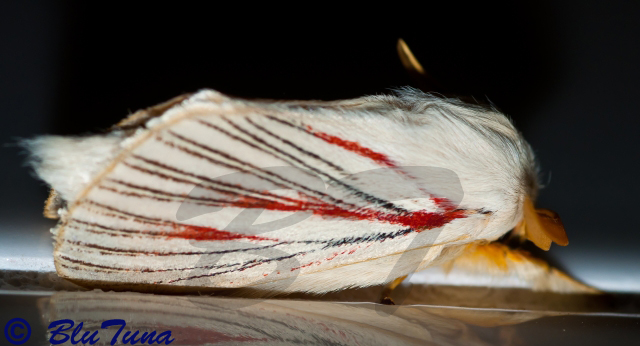 © BluTuna
© BluTuna © Tina
© Tina © nan
© nan © BluTuna
© BluTuna